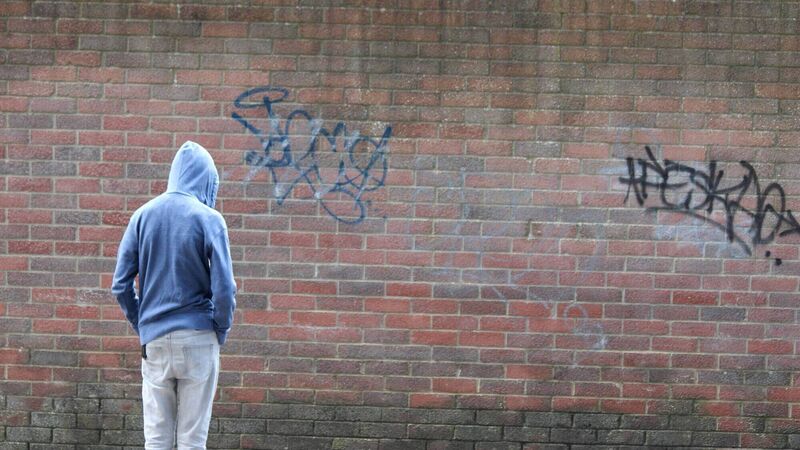High rate of reoffending among juveniles, CSO figures reveal

Half (50.6%) of one-year probation reoffenders received a custodial sanction for their reoffending offence, with the other half receiving a non-custodial sentence such as a fine or a Community Service Order, according to the most recent estimates of probation reoffending from the Central Statistics Office (CSO).
Almost half of juvenile offenders who received a community-based sanction in the courts reoffended within a year, official figures show.
The latest CSO analysis of reoffending rates for those subject to probation, or non-prison, sanctions shows that reoffending rates drop continually through the age groups.











